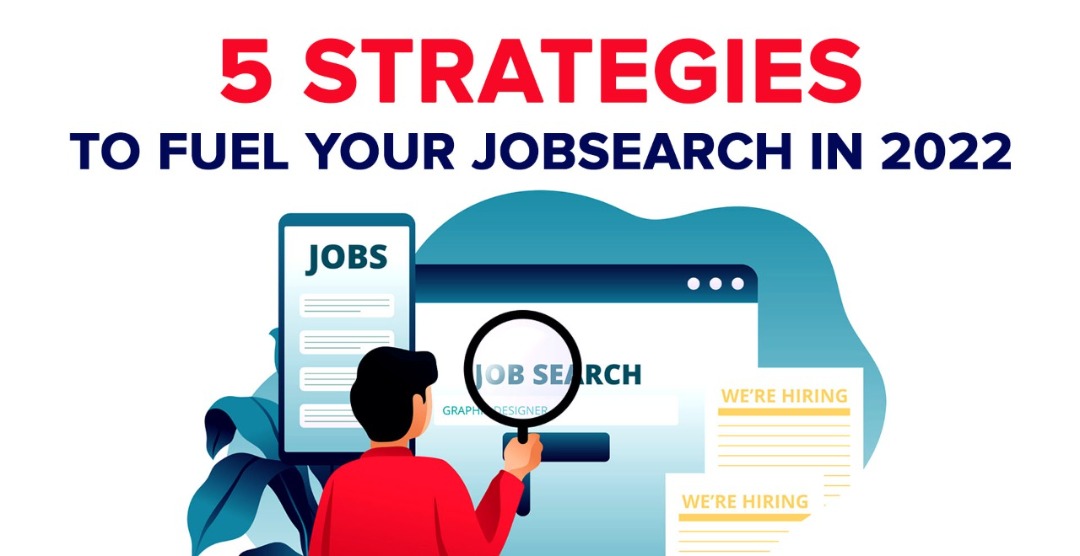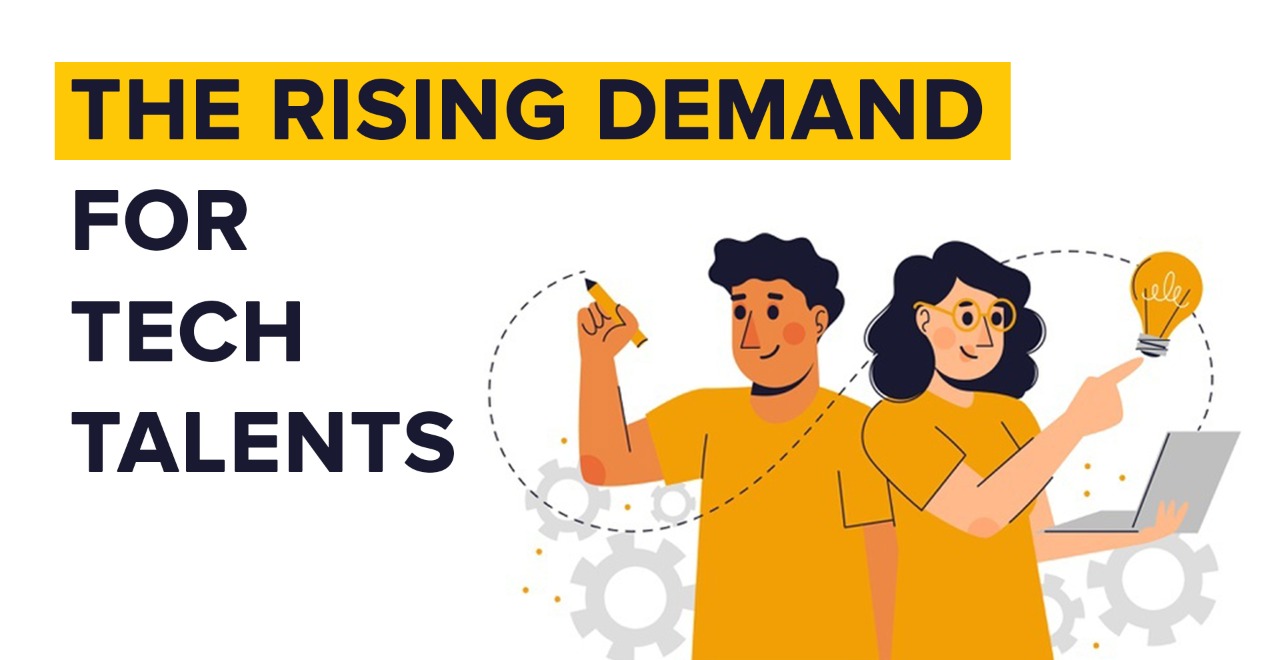Skills mapping, also known as competency mapping, is the process of analysing a job to determine the competencies required to perform well —identifying candidates’ strengths and weaknesses to help them ‘map’ their competency in their position and growth in said field. Essentially, mapping is an effective technique as it considers all existing and prospective variables such as types of skills, duration spent in the position, etcetera, to deduce growth that benefits both the organisation and the workforce. Should competency mapping be an essential practice in every HR department? What makes it effective? Let’s discuss.
As we know, one’s competency lies in their knowledge and skills competency. Knowledge is the amount of things a person knows. Skill is defined as the ability to demonstrate something that will be helpful in job performance. With that said, skills or competency mapping is an innovative method that considers the need for skill development. Organisations can assess employees with variables like skills possessed versus skills required versus absence of skills to ascertain the right fit or for training and development. However, the burning question is, “what is the starting point?”.
To initiate this model, the HR team needs to create an overview of all the required skills to complete a job effectively. This way, they can define the critical activities of the team and outline the essential skills needed to complete these tasks. Also, HR should consider the need to hire versus reskilling or upskilling a candidate. This second point is a walk in the park when the first crucial step of creating a master matrix is complete. As an outcome, the data compiled and collated in the process of mapping competencies will serve as a blueprint for managers, HR professionals, team leads, and of course, employees. It can be stored and presented in several ways, from simple spreadsheets to competency mapping software.
Various platforms can assist organisations in carrying out this mapping, by also providing skilling needs for your employees. Simplifyed offers a service platform for businesses that incorporates all those aspects of skill mapping as above and more. They layer all the most wanted courses with features and value propositions that will benefit both the workforce and businesses involved. Essentially, platforms only provide well-informed service to guide employers to close skill gaps with employee training programs by nurturing the growth of new capabilities to be used on the job. This is beneficial to the employees who are given a chance to advance their skills at work, be it through training, certification, or training budgets.
How do all these benefit employers? Ultimately, it reduces the turnover rate and redundancies. This map empowers the decision-making process seamlessly by pinpointing the areas that needed funding and those need not. By doing so, employers can redistribute internal talent to the places its abilities are the most needed. Once this is done, employers can expect the productivity rate to spike because competency mapping results in newly skilled workers who are satisfied with their new path, thus reflecting on their task performance.
There is also a sense of transparency in this process which creates these positive outcomes. Implementing competency mapping in your HR schedule offers employees a clearer picture of their path ahead, which is a refreshing take from the conventional approach, which involves a lot of guessing games on the employees’ part. This complete matrix eliminates confusion and misunderstanding on the candidate’s side and reduces the stress of changing a job. This will ultimately unite both employers and employees in a way where employees could align their learning goals with the overall business goals of their organisation. It is simply a win-win situation.




